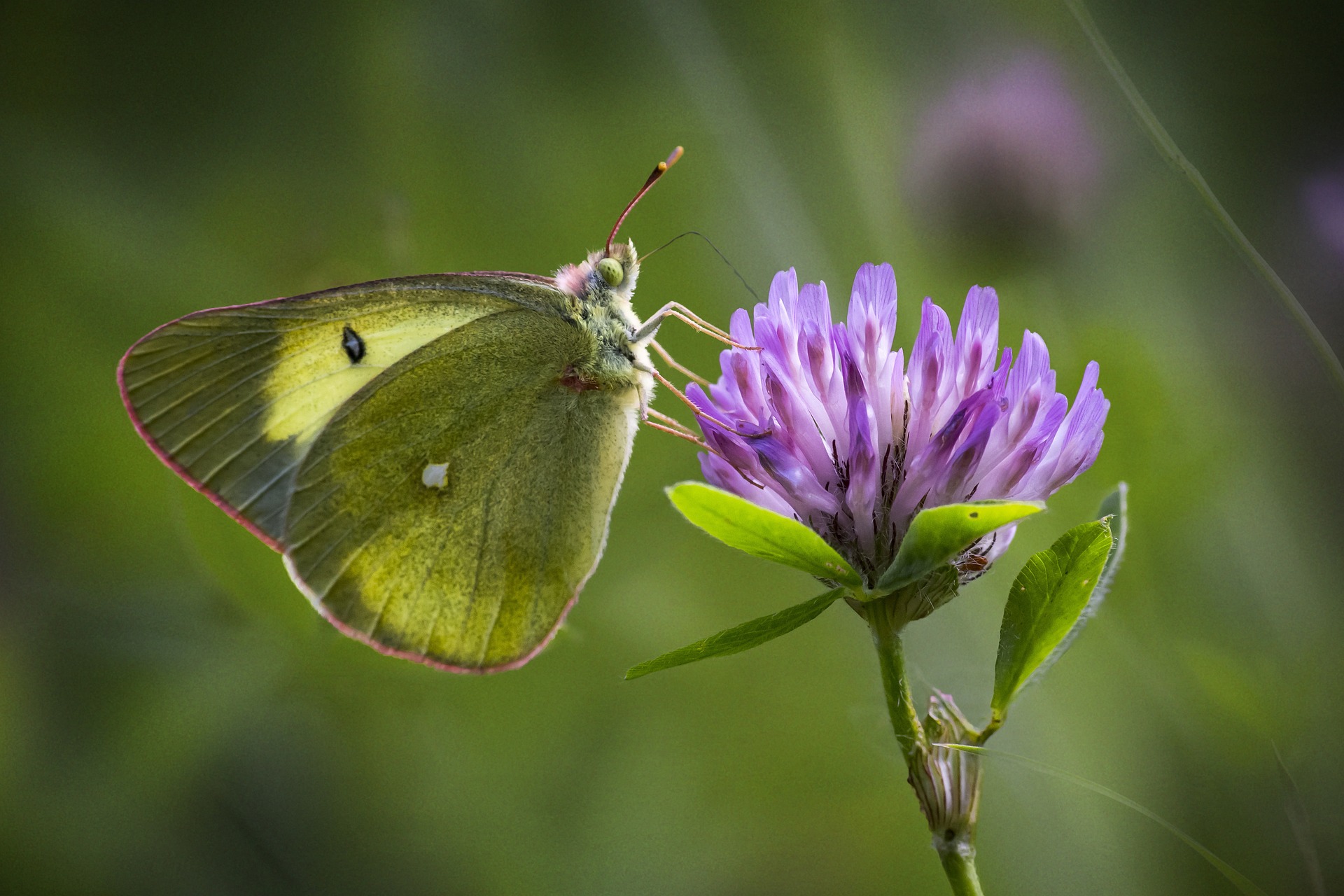Palaeno Sulphur (Colias palaeno) Overview
The Palaeno Sulphur (Colias palaeno), also known as the Moorland Clouded Yellow, is a striking butterfly found in northern Europe and parts of Asia. It is well adapted to cold climates and is often seen in boggy, acidic habitats.
General Information:
- Scientific Name: Colias palaeno
- Common Names: Palaeno Sulphur, Moorland Clouded Yellow
- Family: Pieridae (Whites and Sulphurs)
- Wingspan: 46–56 mm (1.8–2.2 inches)
- Lifespan: Adults live for a few weeks; the full lifecycle (egg to adult) takes about a year
Appearance:
- Males: Bright lemon-yellow wings with a black border
- Females: Paler yellow or even white, with a similar dark border
- Underside: Greenish-yellow with a faint white-centered spot on the hindwings
- Body: Covered in fine hairs, adapted for cooler environments
Distribution & Habitat:
- Found in northern and central Europe, extending to Siberia, Japan, and the Altai region
- Prefers peat bogs, heathlands, and boreal forests
- Strongly associated with bog bilberry (Vaccinium uliginosum), its main larval food plant
Life Cycle & Behavior:
- Flight Period: June–August, depending on location
- Generations: One generation per year (univoltine)
- Eggs: Laid on the underside of bog bilberry leaves
- Caterpillars: Green with a white lateral stripe, well-camouflaged
- Pupation: Forms a chrysalis attached to plant stems
- Overwintering Stage: Overwinters as a half-grown caterpillar
Diet & Pollination Role:
- Larvae: Feed exclusively on bog bilberry leaves
- Adults: Feed on nectar from various flowers, including heathers and thistles
- Important pollinators in northern ecosystems
Conservation Status:
- IUCN Red List: Not globally threatened, but declining in parts of Europe
- Threats:
- Habitat loss due to drainage of peat bogs
- Climate change affecting cold-adapted species
- Deforestation and land-use changes
Interesting Facts:
- Unlike many butterflies, it is well adapted to cold climates
- The black wing border in males is a key feature distinguishing it from similar species
- A strong flier, despite its preference for wet, boggy habitats
Would you like more details on conservation efforts or how to spot them in the wild?
Visited 309 times, 10 visit(s) today
Views: 738
Subscribe to the newsletter:

